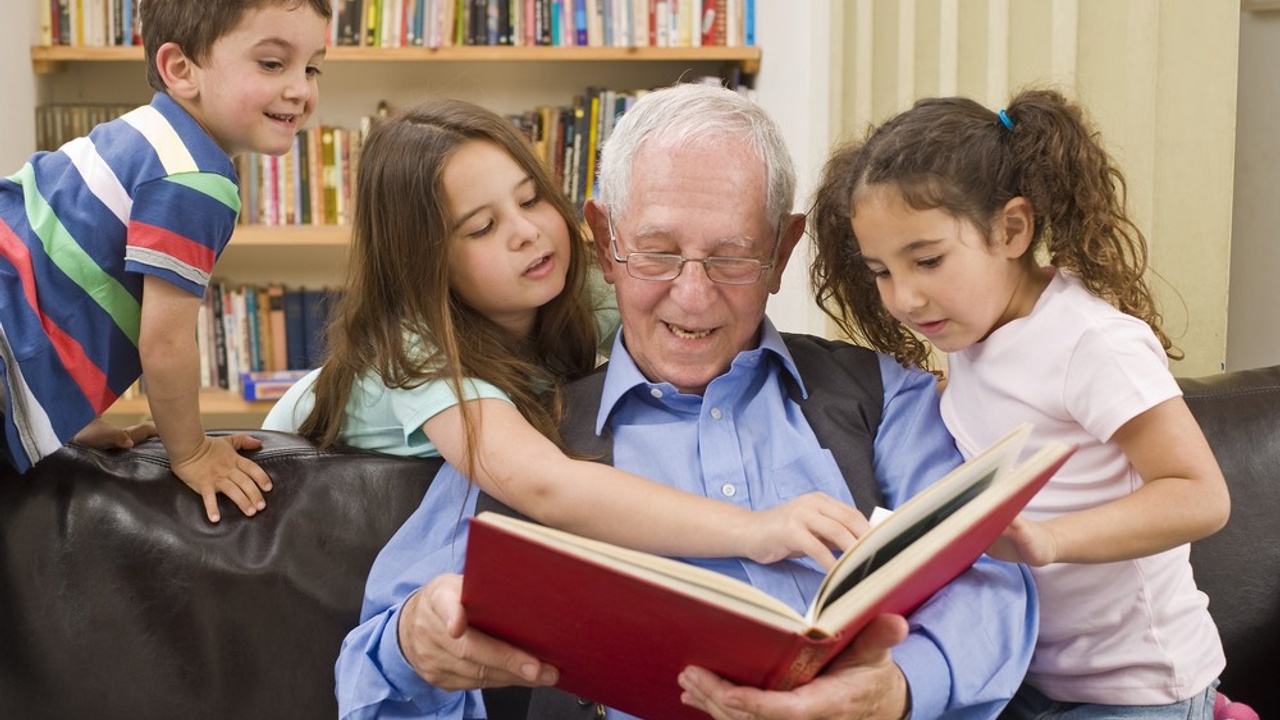What is Children's Literature?
Sep 22, 2021
By Dr Jeremy Koay
A limited view
Children’s literature is usually associated with colourful pictures, fairy tales and nursery rhymes. In some families, bedtime stories are a ritual. Some teachers believe that reading stories written for children is useful for second language (L2) extensive reading, that is, reading a large amount of text for pleasure. What does research say about this belief?
Webb and Macalister (2013) analysed 517 texts written for L1 young readers (7 to 13-years-old). Their research shows that children’s literature is not suitable for L2 extensive reading due to its vocabulary load. Examples of low-frequency words they found include gannet, scruffle and tyrannosaurus. Webb and Macalister (2013) conclude that children’s literature is more suitable for intensive reading, that is, reading texts in detail with specific tasks and learning goals.
A holistic view
In the L1 context, reading children’s literature helps children learn the narrative structure of their language, expands their vocabulary size and exposes them to playful language, such as rhymes (Serafini & Moses, 2014). These benefits are language-related ones.
Children’s literature, if well selected, allows children to vicariously experience people, places and circumstances that they may not be able to experience in real life (Serafini & Moses, 2014). A quality selection of literature should represent diversity in terms of culture, country, gender, socioeconomic background and religion. Such exposure promotes tolerance and acceptance (Serafini & Moses, 2014).
Theory and practice
In some countries, reading stories aloud to students in class is a common practice. Where there are instances of playful language, teachers can draw students’ attention to this feature by slowing down their reading pace or stressing a particular sound.
In order to help children develop empathy and cultural sensitivity, teachers can encourage them to share their thoughts and feelings after reading a story. For example, after reading a story about displaced children, teachers can ask children how they would respond if they were in a similar situation.
To read more about literature, see What is literature?.
References
Serafini, F. & Moses, L. (2014). The roles of children's literature in the primary grades. The Reading Teacher, 67(6), 465-468.
Webb, S. & Macalister, J. (2013). Is text written for children useful for L2 extensive reading? TESOL Quarterly, 47(2), 300-322.
Dr Jeremy Koay is a New Zealand-based independent researcher and an education consultant at EduMaxi. He obtained his PhD in Applied Linguistics from Victoria University of Wellington in 2015. His research interests include Discourse Analysis, Genre Analysis and TESOL.
Image source: shutterstock.com/Noam Armonn

